
Starting June 1st, 2023 Our warehouse fee will be $0.65/cubic foot per month
In effort to lower the warehouse storage fee during inflation, we have went narrow aisle racking.This construction took us four months but the project is finally completed. With narrow aisle racking, we are able to drop storage by 24%.We as partners will go through this inflation together.
10/31/2024
In the vast world of maritime logistics, vessel tracking is essential for managing the complex movement of ships across global waters. This technology offers real-time insights into a vessel's location, speed, and route, enhancing safety, efficiency, and transparency in shipping. Discover how vessel tracking is transforming modern seafaring, ensuring smoother, greener, and more secure maritime operations.
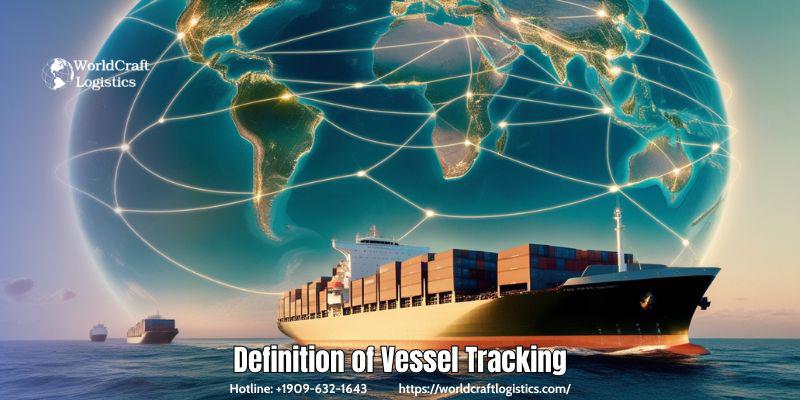
Vessel Tracking or Maritime Tracking refers to the use of technology to monitor the location, speed, direction, and other critical data of ships as they navigate through oceans, seas, and ports. It employs systems like the Automatic Identification System (AIS) and satellite-based tracking to provide real-time information on vessel movements.
This technology is essential for optimizing maritime logistics, enhancing navigational safety, managing fleet operations, and complying with environmental regulations, ensuring efficiency and security within the global shipping industry.
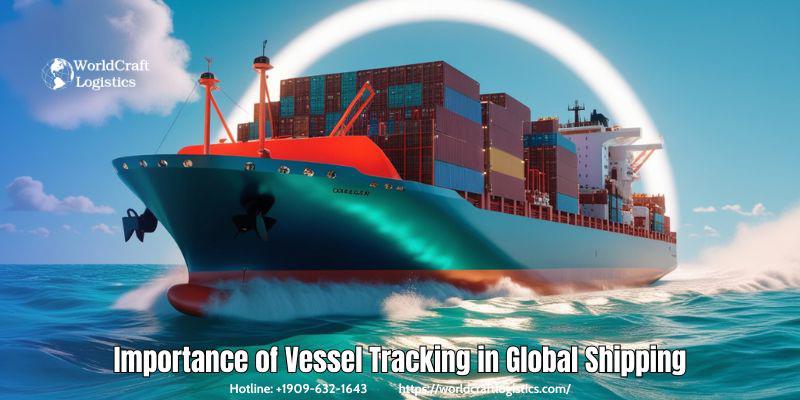
The importance of vessel tracking in global shipping is profound, as it plays a crucial role in enhancing efficiency, safety, and transparency throughout the maritime industry:
✔️ Optimizes Operational Efficiency: Vessel tracking allows real-time monitoring of ships, helping shipping companies plan optimal routes, avoid congestion, and minimize delays. This results in cost savings and faster delivery times, improving overall logistics performance.
✔️ Enhances Safety and Security: By providing accurate, up-to-the-minute data on vessel locations, tracking helps prevent accidents, allows quick responses to emergencies, and deters piracy by increasing visibility in high-risk areas.
✔️ Improves Supply Chain Visibility: For global supply chains, vessel tracking offers critical transparency. Stakeholders, from suppliers to end consumers, can monitor shipments in transit, helping manage expectations and plan inventory with greater precision.
✔️ Facilitates Environmental Compliance: Vessel tracking aids in monitoring fuel consumption and emissions, helping companies adhere to international environmental regulations and contributing to more sustainable shipping practices.
✔️ Supports Maritime Research and Environmental Conservation: Tracking data is valuable for studying ocean patterns, monitoring vessel impacts on marine life, and developing strategies to reduce the industry’s environmental footprint.
Overall, vessel tracking is a vital technology for maintaining the security, sustainability, and reliability of global shipping operations.
First, Worldcraft Logistics would like to introduce an overview of the Vessel Tracking System - Vessel tracking relies on a range of advanced technologies that provide precise, real-time information about a ship’s location, speed, course, and other operational details. Key systems used in vessel tracking include:
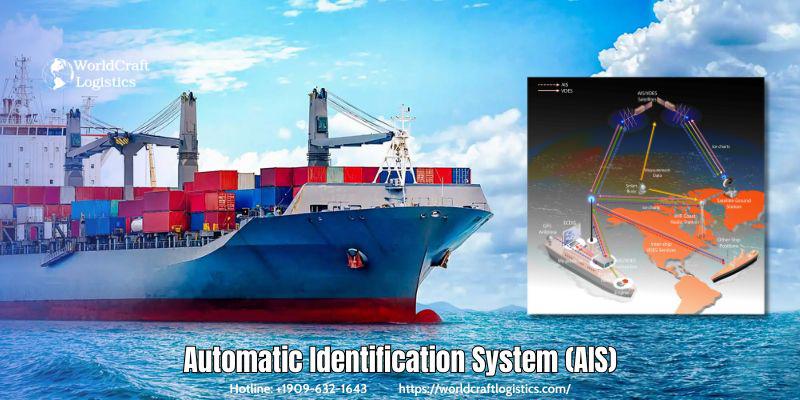
AIS is a crucial technology that broadcasts a ship’s data to nearby vessels and coastal monitoring stations. It uses VHF radio signals to transmit location, speed, and heading, allowing for close-range tracking and enhancing navigational safety. AIS is most effective in coastal areas and heavily trafficked waters, making it a standard tool for collision avoidance and fleet monitoring.
Satellite tracking systems extend coverage far beyond the reach of AIS, providing continuous global monitoring for ships in open oceans. These systems use satellites to gather and transmit vessel data to monitoring centers, making it possible to track ships anywhere in the world, even in remote, open waters. Satellite tracking is essential for global visibility, maritime security, and emergency response.
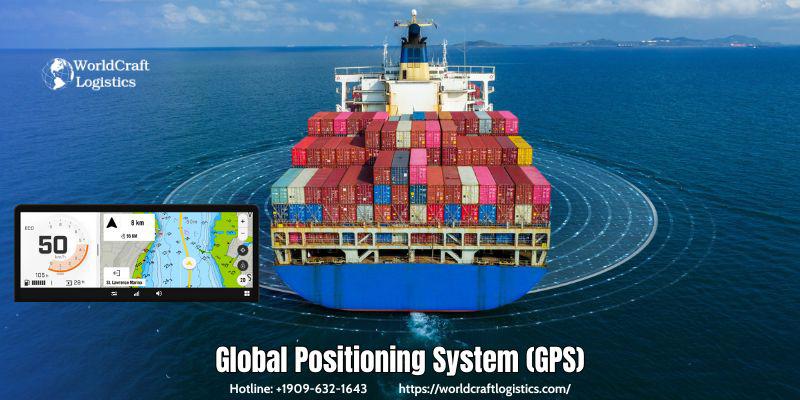
GPS is foundational in vessel tracking, offering precise location coordinates by communicating with satellites. Integrated into AIS and other tracking devices, GPS enhances route planning, assists with position reporting, and allows ships to navigate safely in all types of weather and geographical conditions.
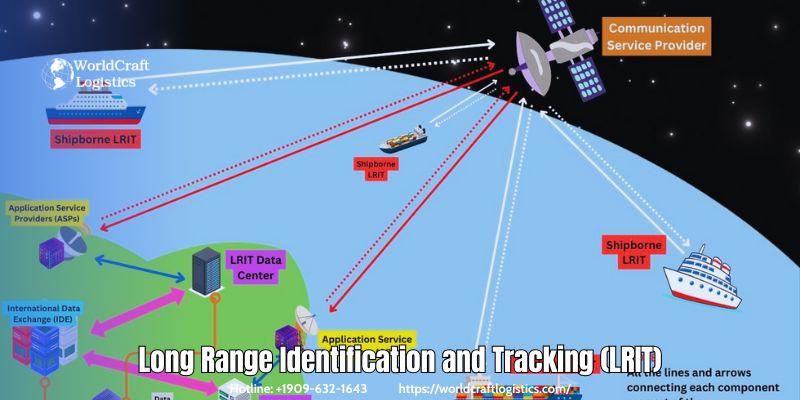
Required for large international vessels, LRIT provides data on a ship’s identity, location, and time of reporting, particularly for vessels more than 1,000 nautical miles from shore. Unlike AIS, LRIT reports are encrypted and intended for secure use by authorized government and regulatory bodies, supporting long-range security and compliance.
As vessel tracking technology evolves, innovations like Artificial Intelligence (AI) for predictive analytics and Blockchain for secure data sharing are being introduced. These advancements help refine tracking accuracy, enhance data security, and improve predictive capabilities, making vessel tracking more efficient and transparent.
These systems work together to provide comprehensive visibility across the maritime industry, allowing stakeholders to ensure the safety, efficiency, and security of global shipping operations.
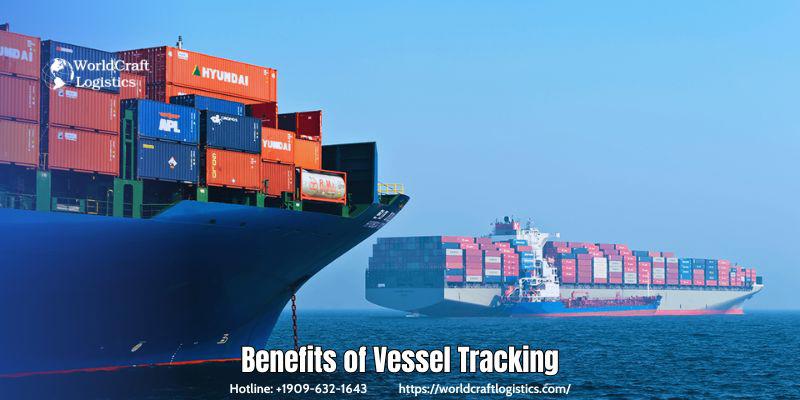
The benefits of vessel tracking are extensive, providing crucial advantages across operational efficiency, safety, transparency, and environmental responsibility:
Vessel tracking systems enable real-time monitoring, which helps streamline logistics and significantly reduce delays. By providing up-to-date information on a vessel's location, speed, and route, shipping companies can optimize operations, adjust schedules, and improve resource allocation.
Tracking systems enhance safety by providing critical data that aids in preventing accidents and incidents at sea. They also serve as a deterrent against piracy, as increased visibility can discourage potential threats. Additionally, real-time tracking allows for quick responses to emergencies, safeguarding both crew and cargo.
Vessel tracking contributes to environmental protection by monitoring fuel consumption and emissions. This data helps companies comply with international regulations, such as the IMO's MARPOL Annex VI, which aims to reduce pollution from ships. By optimizing routes and speeds, tracking can also lead to lower greenhouse gas emissions.
The operational efficiencies gained from vessel tracking translate into significant cost savings for shipping companies. Reduced fuel consumption, minimized delays, and fewer incidents contribute to lower operational costs, allowing companies to enhance their profitability in a competitive industry.
Vessel tracking provides stakeholders, including suppliers and customers, with real-time access to information about a vessel's journey. This transparency enhances supply chain visibility, improves communication, and allows for better planning and inventory management, ultimately leading to increased trust and collaboration among supply chain partners.
Through these benefits, vessel tracking not only enhances operational effectiveness and safety but also supports the industry’s shift toward sustainable, transparent, and responsible maritime logistics.
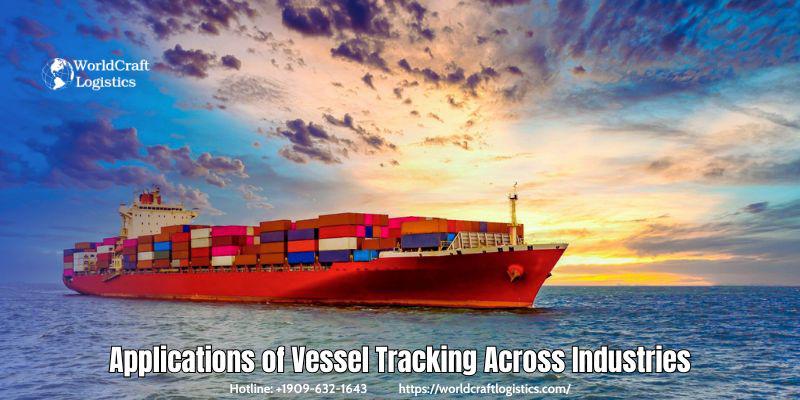
Here’s a more concise and readable version of the applications of vessel tracking across various industries:
☑️ Shipping and Logistics: Vessel tracking is crucial for optimizing fleet management and route planning in the shipping industry. It enables real-time monitoring of vessels, leading to timely deliveries and reduced shipping costs, ultimately enhancing customer satisfaction.
☑️ Fisheries and Aquaculture: In fisheries, vessel tracking helps monitor fishing activities to prevent overfishing and ensure sustainable practices. For aquaculture, it aids in managing fleets efficiently and complying with environmental regulations.
☑️ Oil and Gas Industry: Vessel tracking is vital for logistics in the oil and gas sector. It allows for monitoring the transportation of offshore equipment and supplies, enhancing safety and minimizing downtime during operations.
☑️ Marine Research and Conservation: Researchers use vessel tracking to study ocean conditions and monitor marine wildlife. This data helps understand the impact of shipping on ecosystems and supports conservation efforts.
☑️ Naval and Defense: In defense, vessel tracking provides real-time situational awareness, allowing naval forces to monitor both friendly and adversary movements, enhancing maritime security.
☑️ Tourism and Recreational Boating: Vessel tracking enhances safety for tour operators and recreational boaters by providing real-time location information, ensuring a safer experience for tourists.
☑️ Emergency Response and Search and Rescue: Tracking technology is essential for emergency response teams. It provides accurate location data, enabling quicker and more effective search and rescue operations during maritime emergencies.
☑️ Port Management: Port authorities use vessel tracking to efficiently manage arrivals and departures, optimize berth allocation, and improve overall port operations.
These applications demonstrate the versatility of vessel tracking technology across multiple sectors, enhancing operational efficiency, safety, and environmental stewardship in various maritime activities.
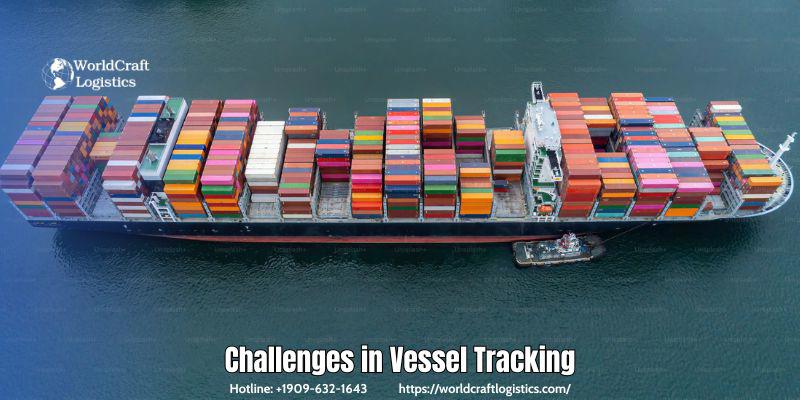
⭕ Data Accuracy and Reliability: Vessel tracking relies on various technologies like AIS (Automatic Identification System) and satellite systems. Inaccurate or unreliable data can lead to navigation errors and operational inefficiencies, posing risks to safety and logistics.
⭕ Signal Interference and Limitations: Environmental factors, such as weather conditions and geographical features, can interfere with tracking signals. For example, dense fog or mountainous regions can obstruct satellite signals, leading to gaps in tracking data.
⭕ Integration with Existing Systems: Many shipping companies use different tracking systems and software. Integrating these diverse technologies into a unified platform can be complex and costly, hindering effective vessel tracking.
⭕ Cybersecurity Risks: As vessel tracking systems become more digitized, they are increasingly vulnerable to cyber threats. Hacking or unauthorized access to tracking data can lead to serious security breaches, including piracy and data manipulation.
⭕ Regulatory Compliance: Adhering to international regulations regarding vessel tracking can be challenging, especially for companies operating in multiple jurisdictions. Compliance requires constant updates to tracking systems and processes to meet evolving regulations.
⭕ Cost of Implementation and Maintenance: Implementing advanced tracking systems can be expensive for shipping companies, particularly for smaller operators. Additionally, ongoing maintenance and updates can strain budgets.
⭕ Privacy Concerns: The increased visibility of vessel movements can raise privacy issues for ship owners and operators. Balancing the need for transparency with privacy concerns can be a delicate challenge.
⭕ Limited Coverage in Remote Areas: While satellite tracking has improved coverage, there are still remote areas, such as deep oceans or polar regions, where tracking is limited or unavailable. This can pose risks for vessels operating in these regions.
These challenges highlight the complexities involved in vessel tracking, emphasizing the need for continued innovation and investment in technology to enhance reliability and security.
MarineTraffic is one of the most popular vessel tracking apps, providing real-time information on ship movements, port arrivals, and departures. It uses AIS data to offer a comprehensive view of maritime traffic and is widely used by shipping companies, maritime professionals, and enthusiasts.
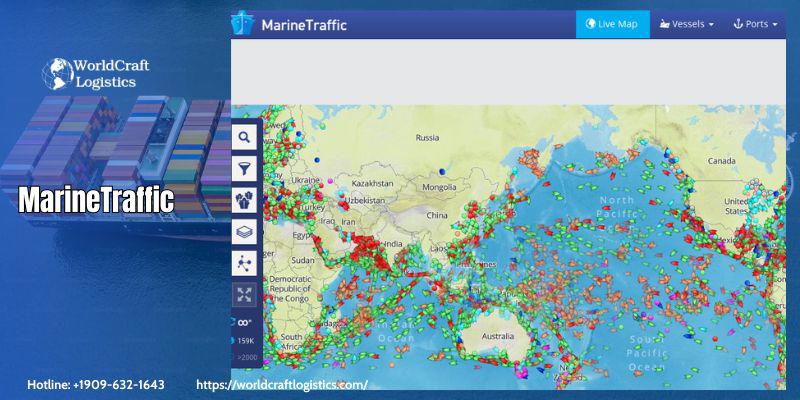
FleetMon is another leading vessel tracking platform that provides detailed information about ships and their voyages. It offers features like live tracking, fleet management, and access to historical data, making it a valuable tool for shipping operators and logistics providers.
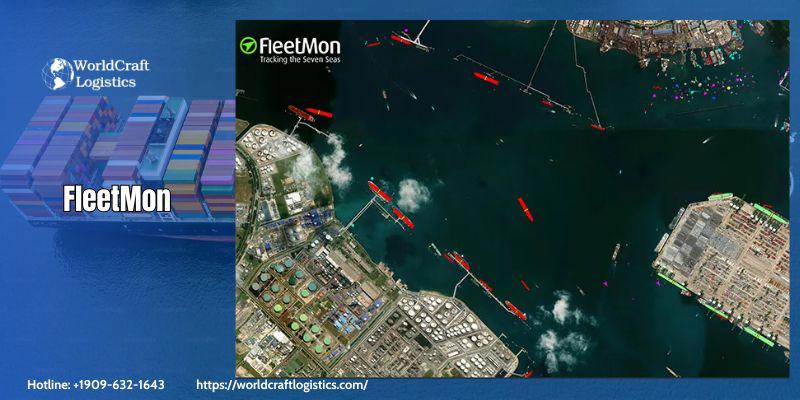
VesselFinder provides real-time vessel tracking services using AIS data. The app allows users to search for specific vessels, view their current positions, and track their journeys. It’s user-friendly and offers a variety of filters to refine searches.
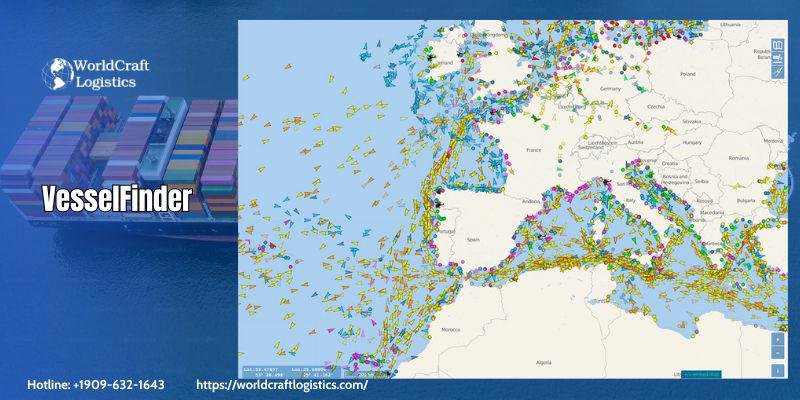
Ship Finder offers live ship tracking on a map interface, showcasing vessel locations and details. It features advanced search capabilities and can provide notifications for specific vessel movements, making it a handy tool for maritime professionals.
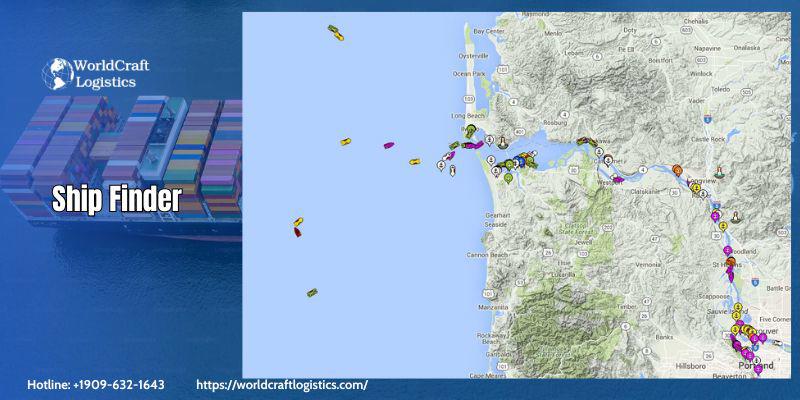
AIS Marine Traffic focuses on delivering real-time AIS data for tracking vessels. This app is popular among boaters and maritime enthusiasts, offering features like weather updates and port information, in addition to tracking capabilities.
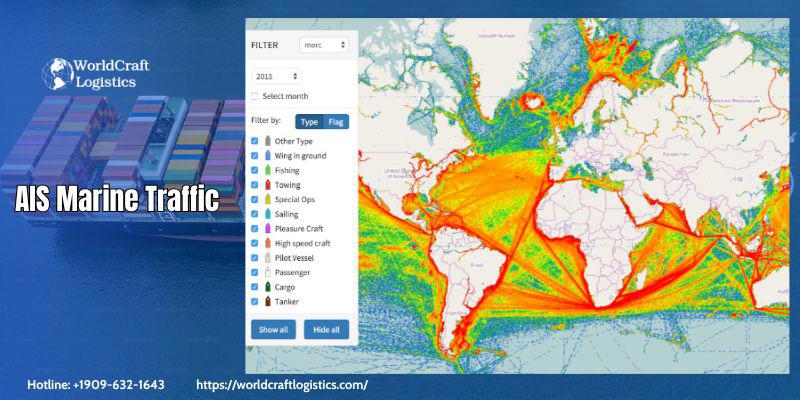
ExactEarth specializes in satellite-based vessel tracking, providing global coverage even in remote areas. It is particularly useful for companies operating in regions with limited AIS coverage, ensuring that users can monitor their vessels regardless of location.
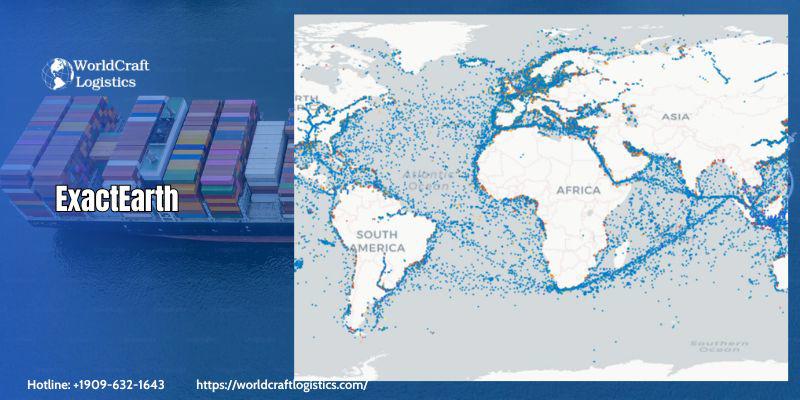
Shiptracker provides users with real-time information on ship positions and movements, along with details about cargo and ship specifications. Its intuitive interface makes it easy for users to navigate and access information quickly.
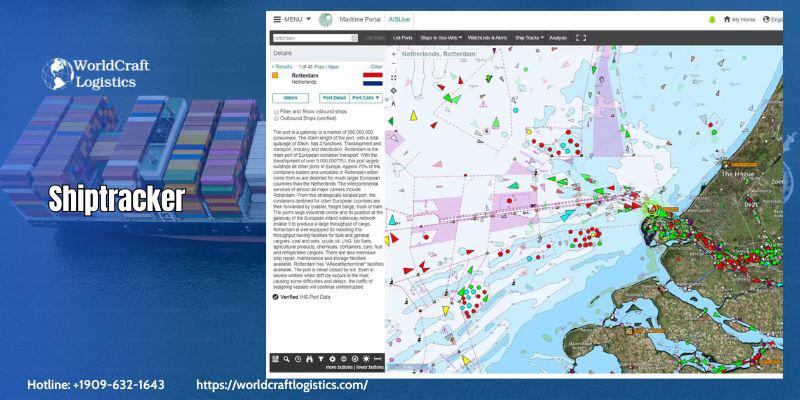
These apps play a crucial role in enhancing the safety, efficiency, and transparency of maritime operations, catering to a wide range of users from shipping companies to maritime enthusiasts.
The future of vessel tracking is set to be shaped by advancements in technology, particularly with the integration of artificial intelligence (AI) and machine learning. These technologies will enable more accurate predictions of vessel behavior, optimizing routes and improving operational efficiency. Enhanced analytics will allow shipping companies to process vast amounts of data, leading to smarter decision-making and better resource management. Additionally, the incorporation of the Internet of Things (IoT) will facilitate real-time monitoring of vessel conditions, enabling proactive maintenance and reducing the likelihood of breakdowns.
Another key trend is the growing emphasis on sustainability and environmental responsibility. As regulations around emissions and environmental impact tighten, vessel tracking systems will evolve to provide insights that help shipping companies comply with these standards. Advanced tracking solutions will monitor fuel consumption and emissions in real-time, enabling companies to implement more eco-friendly practices. Furthermore, blockchain technology may be integrated to enhance transparency and traceability in shipping logistics, fostering trust and accountability in supply chains.
In conclusion, vessel tracking is revolutionizing the maritime industry by improving operational efficiency, safety, and environmental compliance. With the integration of AI, IoT, and blockchain, shipping companies can streamline logistics and adopt more sustainable practices. At Worldcraft Logistics, we prioritize vessel tracking to optimize shipping operations, offering our clients real-time monitoring, enhanced transparency, and better resource management. Our commitment to innovation and efficiency positions us as a leader in logistics, dedicated to providing reliable and sustainable solutions for our customers' shipping needs.
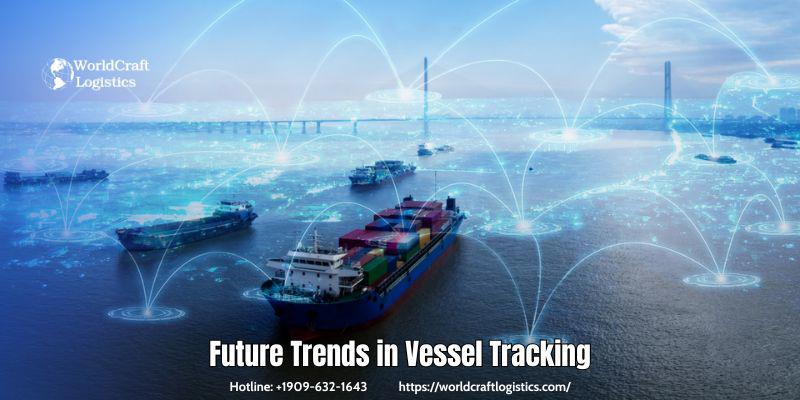
To track your vessel status, you can use vessel tracking apps or websites like MarineTraffic or FleetMon. Simply enter the vessel's name or IMO number in the search bar to view its current status, including location, speed, and destination.
You can track your vessel's estimated time of arrival (ETA) through tracking apps or by checking with the shipping company. Most vessel tracking platforms provide ETA information based on the vessel's current speed and route.
To find the current location of a ship, you can use online vessel tracking services such as VesselFinder or Ship Finder. Enter the ship's name or identification number to see its real-time position on a map.
Yes, sea shipments can be tracked using vessel tracking systems and apps. These tools allow you to monitor the location of your cargo and receive updates on its status throughout the shipping process. For example, Worldcraft Logistics' cargo tracking system, click here to view the interface or search 👉 https://worldcraftlogistics.com/cargo-tracking
Many vessel tracking data sources, particularly those using AIS technology, are publicly available. However, some details may be restricted for security reasons or specific regulations. Subscription services may offer more detailed tracking information.
SEO
Digital Marketing/SEO Specialist
Simon Mang is an SEO and Digital Marketing expert at Wordcraft Logistics. With many years of experience in the field of digital marketing, he has shaped and built strategies to effectively promote Wordcraft Logistics' online presence. With a deep understanding of the logistics industry, I have shared more than 500 specialized articles on many different topics.

Education
01/05/2025

Education
02/18/2025

Education
01/01/2024

Education
08/28/2024

Education
11/13/2023